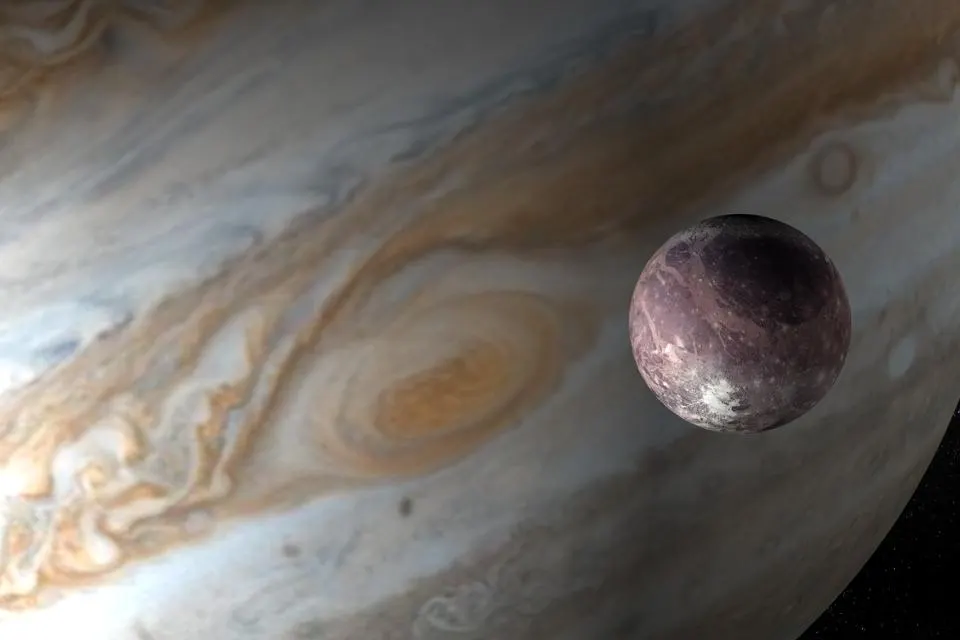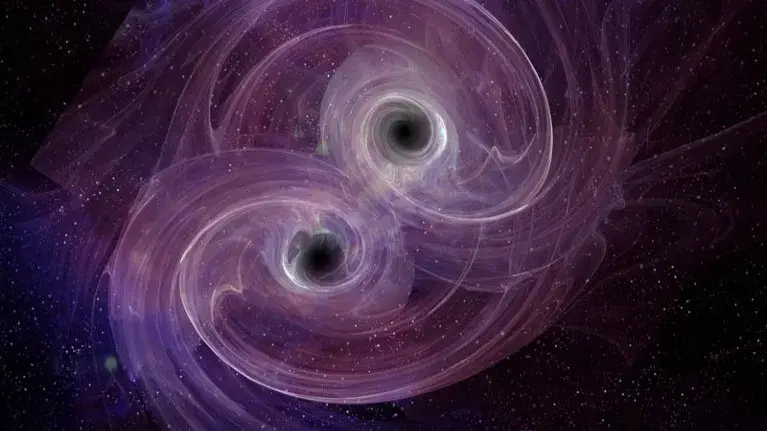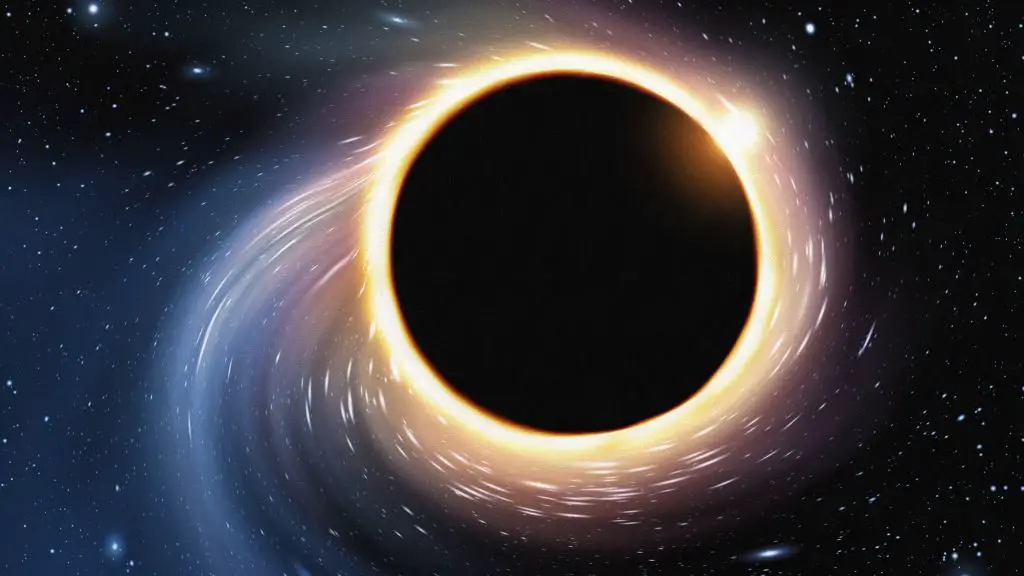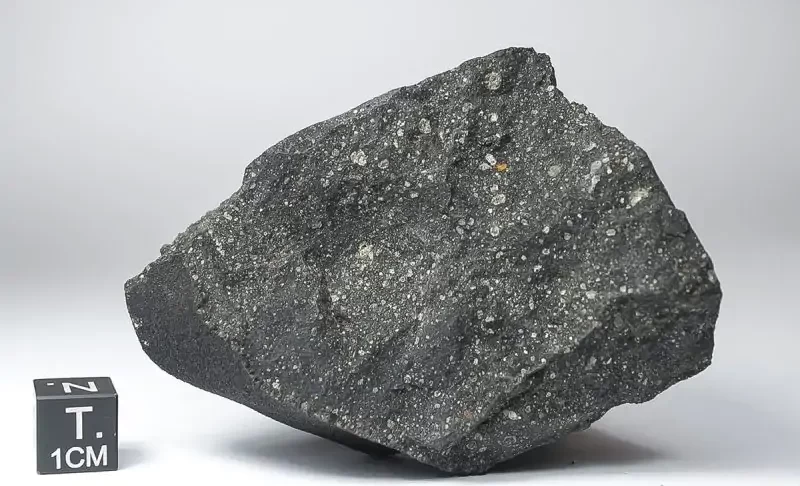A Giant Asteroid Smashed Into Ganymede, Creating the Solar System’s Largest Impact Crater and Tilting Its Axis
TL;DR
About 4 billion years ago, a massive asteroid, roughly 10 to 15 times larger than the one that caused the dinosaurs’ extinction, struck Ganymede, creating the largest impact crater in the solar system. The collision was powerful enough to knock the moon off its original axis, leading to a permanent tilt relative to Jupiter. This event left Ganymede with a scarred landscape, marked by concentric furrows that were first observed in the 1980s. Simulations reveal that regardless of the impact location, the resulting crater would always form on the far side of Ganymede due to Jupiter’s gravitational pull.
Don’t forget to join the discussion below—what do you think about this incredible chapter of Ganymede’s history?
________________________
About 4 billion years ago, a colossal asteroid, at least 10 times larger than the one that wiped out the dinosaurs, crashed into Ganymede, Jupiter’s large icy moon. This cataclysmic event created the biggest impact crater in the solar system and knocked the massive moon off its axis, as revealed by new simulations.
Ganymede is the third-closest major moon to Jupiter, orbiting the gas giant roughly once every seven days. According to NASA, Ganymede has a diameter of 3,270 miles (5,260 kilometers), making it the largest moon in the solar system and even bigger than Mercury. Like Earth’s moon, Ganymede is tidally locked, always showing the same face to Jupiter’s stormy surface. Scientists believe it has an ocean about 60 miles (100 kilometers) deep beneath its icy crust.
Back in the 1980s, scientists found that much of Ganymede’s surface was marked with concentric rings of trenches, or furrows, around what appeared to be the remains of a large impact crater on its far side (the side away from Jupiter). Photos from later space missions, including NASA’s New Horizons probe, showed that the moon’s scarred landscape likely resulted from a massive asteroid impact that happened roughly 600 million years after the solar system was formed.
In a new study published on Sept. 3 in the journal Scientific Reports, Naoyuki Hirata, an astronomer and planetary scientist at Kobe University in Japan, recreated Ganymede’s ancient asteroid impact using computer simulations based on the moon’s furrows. This allowed Hirata to accurately determine the size of the asteroid that struck Ganymede for the first time. The simulations also suggested how the impact likely altered the moon’s original axis.

Hirata estimated that the initial impact crater was up to 1,000 miles (1,600 kilometers) wide, making it 10 times larger than Earth’s biggest impact structure, the Vredefort Crater in South Africa. This makes Ganymede’s crater the largest known impact crater in the history of the solar system. However, debris from the impact soon fell back to the moon’s surface, filling in much of the crater, according to Hirata.
Based on the crater’s size, Hirata estimates that the asteroid responsible was about 93 miles (150 kilometers) wide—approximately the length of Delaware. This makes it roughly 10 to 15 times larger than the Chicxulub meteor, which struck what is now Mexico around 66 million years ago and caused the extinction of up to 80% of animal species on Earth, including all non-avian dinosaurs.
Some media sources cited a Kobe University news release stating that the asteroid was up to 20 times larger than the Chicxulub meteor. However, this does not match the figures reported in the new study.

The simulations also showed that the impact shifted Ganymede’s tidal axis away from its rotational axis, causing it to tilt relative to Jupiter. A similar tilt occurred with Earth’s polar axis around 4.5 billion years ago when a Mars-sized protoplanet named Theia collided with Earth, forming the moon and leading to the seasonal changes we experience today.
Interestingly, the simulations indicated that regardless of where the asteroid hit Ganymede, the resulting crater would always end up on the moon’s far side from Jupiter, thanks to the gravitational influence of the debris ejected into space by the collision.
These new findings provide insights into a significant chapter of Ganymede’s history but also raise new questions about how this impact may have influenced the moon’s evolution, especially its internal structure and suspected subsurface ocean.
“The giant impact must have had a significant impact on the early evolution of Ganymede, but the thermal and structural effects of the impact on the interior of Ganymede have not yet been investigated at all,” Hirata said in a statement. Further research is required to address these questions, he added.
Answers to Hirata’s questions could come in 2034 when the European Space Agency’s Jupiter Icy Moons Explorer (JUICE) probe is set to conduct a close flyby of Ganymede. This advanced probe was launched in April 2023 and completed the first of three planned slingshot maneuvers around the Earth-moon system on Aug. 21. The spacecraft is scheduled to arrive at Jupiter in 2031.




Techarp Very well presented. Every quote was awesome and thanks for sharing the content. Keep sharing and keep motivating others.
Tech to Force I appreciate you sharing this blog post. Thanks Again. Cool.